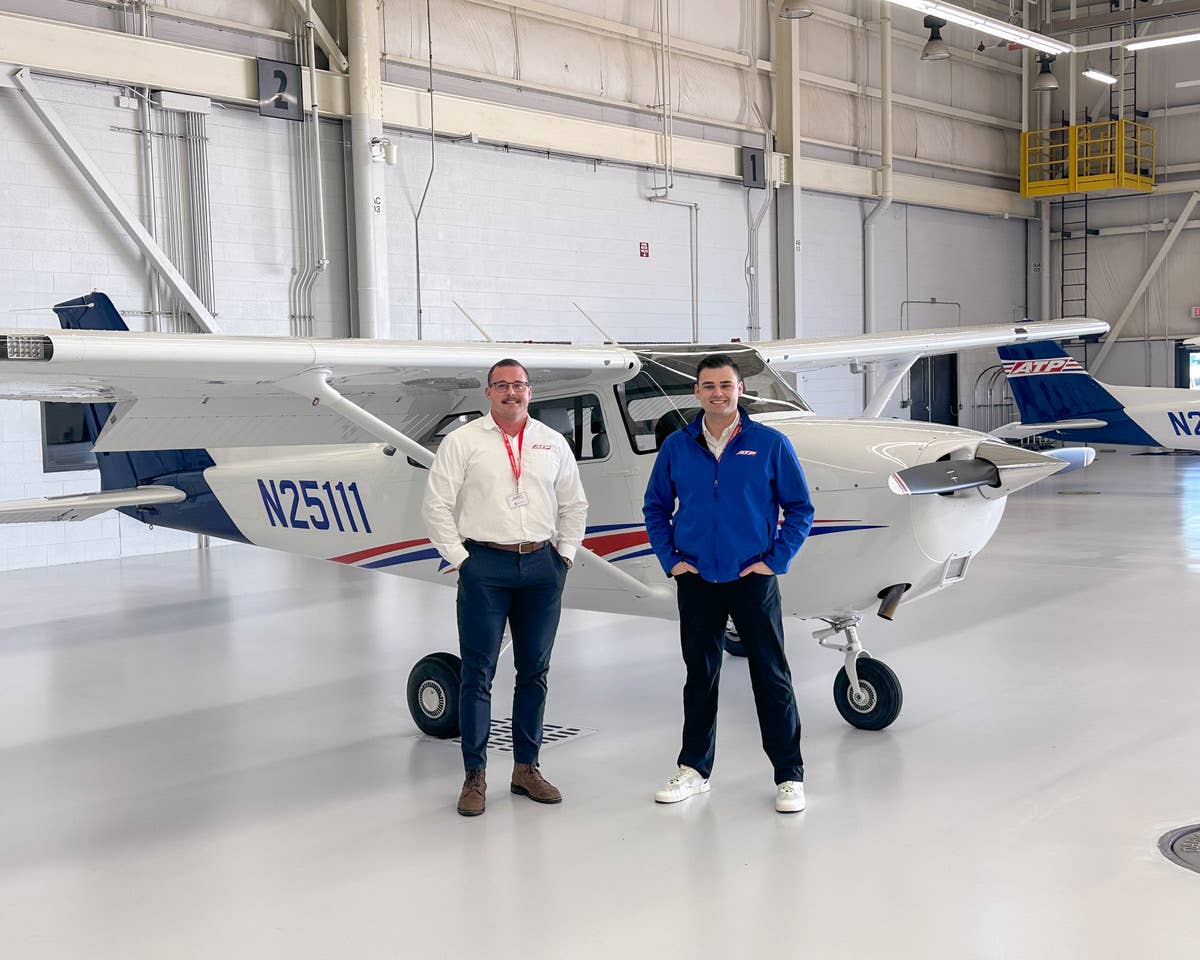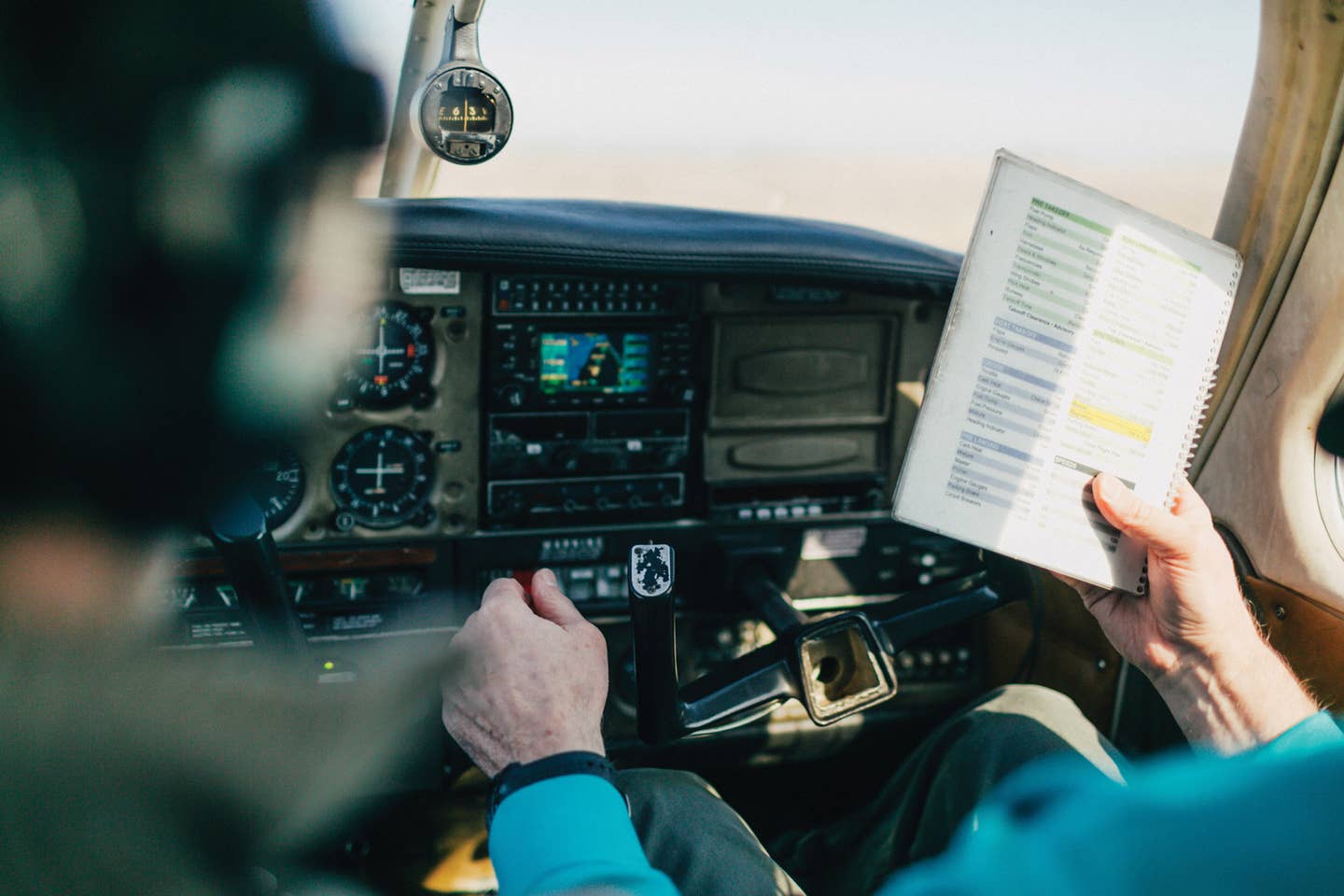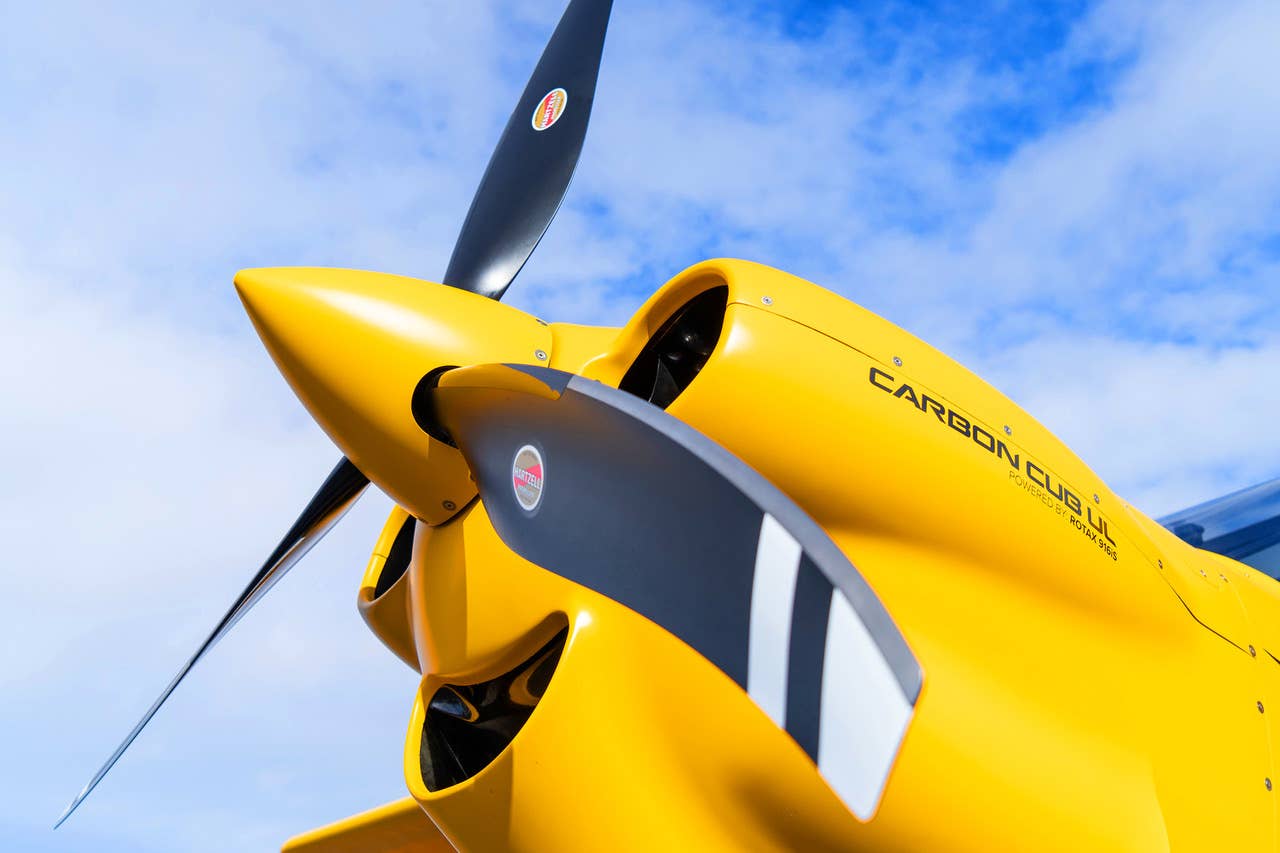Cessna 172 Skyhawk
1 Fatal
Jay, Oklahoma
The private pilot was conducting a personal cross-country flight. Fuel records indicated that the pilot had purchased 9.56 gallons of fuel the day before the accident. A witness reported observing the pilot use fuel cans to add fuel to both airplane's fuel tanks. The witness saw the pilot taxi up and down the runway multiple times and subsequently depart; he then drove to the nearby airport (the pilot's intended destination) to pick up the pilot. When the pilot did not arrive, he reported the airplane missing. Responders tracked the emergency locator transmitter signal, and a helicopter pilot spotted the airplane in a field near a tree line.
Upon examination, the propeller blades did not exhibit any chordwise abrasions or leading edge nicks, consistent with the engine not producing power at the time of impact. The fuel system was found intact except for a separated line near the left fuel tank. About 6 gallons of a blue-colored liquid consistent with the smell and color of aviation gasoline (avgas) was recovered from the right fuel tank. About 2 gallons of liquid consistent with avgas was recovered from the left fuel tank. Each fuel tank could hold 21 gallons of fuel, of which 2.5 gallons was unusable. There was some liquid consistent with avgas found in the carburetor bowl and in the firewall-mounted strainer bowl. All found and recovered liquid samples were tested for water contamination, and no water contamination was observed. Observed airplane damage was consistent with impact with trees and inverted impact with terrain.
The fuel valve selector handle was found in the "right tank" position. However, no securing pin was installed in the selector handle, and during postaccident examination, pressurized air applied to the main fuel line at the firewall was observed discharging from the left tank's fuel line, which showed the selector valve fed the engine from the left tank. The engine operated normally during postaccident engine test runs. Based on the evidence, it is likely that the engine was starved of fuel when the fuel selector handle did not move the fuel selector valve to the desired position because the necessary securing pin was missing. The airplane's most recent annual inspection was completed about 8.5 years before the accident. The lack of routine maintenance on the airplane likely eliminated the necessary opportunities for the missing securing pin to be corrected.
Probable Cause: The pilot's negligent maintenance of the airplane, which resulted in improper fuel management, fuel starvation, and a loss of engine power during takeoff due to a missing securing pin in the fuel selector handle, and a subsequent forced landing on unsuitable terrain.
Piper PA-17 Vagabond
2 Nonfatal
Keene Valley, New York
The pilot reported that he attempted to hand prop the unoccupied and unchocked airplane, but was unsuccessful. He returned to the cockpit to prime the engine, but then decided to instruct his passenger on how to enter and exit the cockpit, which she then practiced multiple times before exiting the airplane to watch the start procedures again. The pilot further reported that he attempted to hand prop the airplane a second time and the engine started and accelerated to a high revolution per minute (RPM) setting. The pilot was unable to restrain the airplane by holding the right wing lift strut and the airplane made a right circle, entered a wooded area, and impacted trees.
The airplane sustained substantial damage to the wings and fuselage. The pilot later reported that the airplane was not equipped with a parking brake.
The pilot reported that there were no preimpact mechanical failures or malfunctions with the airframe or engine that would have precluded normal operation.
Federal Aviation Administration's Airplane Flying Handbook, FAA-H-8083-3A, contains a section titled "Hand Propping" which states: An engine should not be hand propped unless two people, both familiar with the airplane and hand propping techniques, are available to perform the procedure. The person pulling the propeller blades through directs all activity and is in charge of the procedure. The other person, thoroughly familiar with the controls, must be seated in the airplane with the brakes set. As an additional precaution, chocks may be placed in front of the main wheels. If this is not feasible, the airplane's tail may be securely tied. Never allow a person unfamiliar with the controls to occupy the pilot's seat when hand propping. The procedure should never be attempted alone.
Probable Cause: The pilot's failure to use the proper hand propping procedures, resulting in a runaway airplane and an impact with trees.
Zenith CH-750
1 Serious
Morristown, Minnesota
The private pilot reported that he had started, warmed up, and then shut down the engine about 1 hour before the accident flight. Shortly after takeoff for the personal flight, the airplane's engine lost total power. Subsequently, the pilot conducted a forced landing on a hill, which resulted in substantial damage to the nose landing gear, fuselage, and left wing.
The pilot said that he had fueled the airplane that morning with 82-octane automotive fuel that he had recently purchased from a service station. However, postaccident examination revealed that the fuel was yellow in color and smelled like "aged" automobile fuel. The top spark plugs appeared aged, and the electrodes were corroded, which could have affected engine performance. The airplane was not equipped with a fuel vapor return line to prevent fuel vapor lock. Given that old automotive fuel was found in the fuel system and that a fuel vapor return line had not been installed, it is likely that the engine lost power due to vapor lock. It is also likely that the corrosion of the spark plugs and the spacing of the electrode gaps contributed to the loss of engine power.
Probable Cause: A total loss of engine power due to fuel vapor lock. Contributing to the loss of engine power were the corrosion of the spark plugs and the spacing of the electrode gaps.
Want to learn more about pilot safety and GA accident prevention? Visit our GA Accident & Pilot Safety archive.

Subscribe to Our Newsletter
Get the latest Plane & Pilot Magazine stories delivered directly to your inbox






